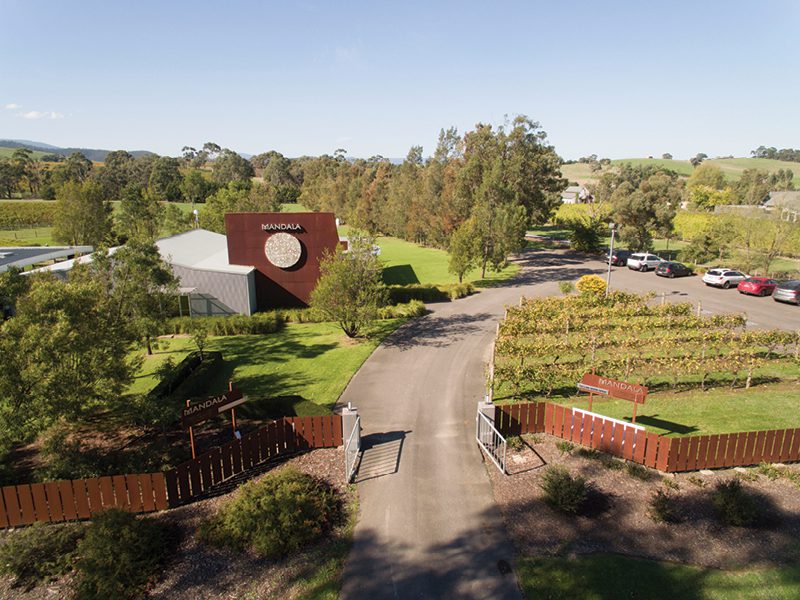
Mandala Wines owner Charles Smedley is two years into a 10-year project to replant their Dixon’s Creek site in the Yarra Valley. This is his second major vineyard project: he planted a Pinot Noir vineyard at Yarra Junction after arriving in the Yarra Valley in 1999.
“Replanting a vineyard is a once-in-a-generation opportunity,” Charles says. “As an owner you’d be lucky enough to get one go at creating a vineyard from scratch, but two? It was meant to be.
“The Yarra Junction vineyard is proof of how good it can be pulled off – it is currently thriving with the clonal mix and varieties now synced into the site.”
A disadvantage of such a large-scale replant, of course, is the expense: Charles estimates this project will cost $35,000 per hectare. “And of course we lose the vine age for some varietals, but weighed against the advantages it is worth it long-term,” he says.
“It’s important we get it right because it’s a 50-year-old mistake to get wrong.”
Charles’ wine business expanded to the Dixon’s Creek site in 2006 and the first Mandala wines were released a year later.
The Dixon’s Creek vineyard, first planted in 1987 to Chardonnay, Sauvignon Blanc, Shiraz, Cabernet Sauvignon, Cabernet Franc and Pinot Noir, was run-down when Mandala bought it. The fruit from the vineyard had previously been sold to iconic Yarra Valley labels.
The vine profiles were hanging cane at 2m spacing. Charles planted a specific set of varietal clones, undertook an extensive re-trellising program and installed new irrigation.
Under the current project, the vineyard will be expanded from 50 to 65 acres. The vines will be spaced 1m apart for 60 percent of the vineyard and 1.5m for 40 percent.
“So there will be less quantity of fruit per vine, but increased quality through fruit intensity,” Charles says.
Charles, with more than 27 years of vineyard experience under his belt, places a lot of importance on clone variation to produce high quality fruit.
“It provides more options for blending and wine styles across acid structures and flavour complexities,” he says. “And it allows us to stagger harvest due to different ripening periods and so it works from a logistics viewpoint.”
Pinot Noir clones include Pommard, Abel (the gumboot clone) and MV6. The Chardonnay clones include Bernard 76 and 95, P58 (Penfolds 58), Mendoza, and ENTAV-INRA® Nº 548.
The vineyard will have VSP trellising and pruning will move from spur to cane to help with self-managed yield load and disease control thanks to increased airflow.
Charles is looking into grafting their Cabernet SA125 to rootstock “so we can capture and preserve it for the future”.
He says vineyard management remains a challenge for Victorian grapegrowers.
“One of the critical challenges outlined in the recent Victorian Wine Industry Development Strategy was that growers need research and development to help increase vineyard efficiency,” Charles says.
“We have the opportunity to access such resources through initiatives like Wine Yarra Valley’s pilot vine bench grafting operation nursery set-up in Dixon’s Creek, as well as the Yarra Valley rootstock symposium.
“There is positivity in the Yarra Valley and the future looks bright – especially with current styles and wine quality. We’re all continuing to push the boundaries and pave the way for a fruitful future and the next generation.”
Mandala Wines turns 10 years old in November and has just released the tenth vintages of its flagship wines – 2016 Mandala Yarra Valley Chardonnay and 2016 Mandala Yarra Valley Pinot Noir.
“Working hard on the vineyards in the Yarra Valley since 1999 has been a wonderful and rewarding journey so far and we look forward to the next chapter,” Charles says.
• This article first appeared in WBM (September-October). To subscribe visit www.wbmonline.com.au
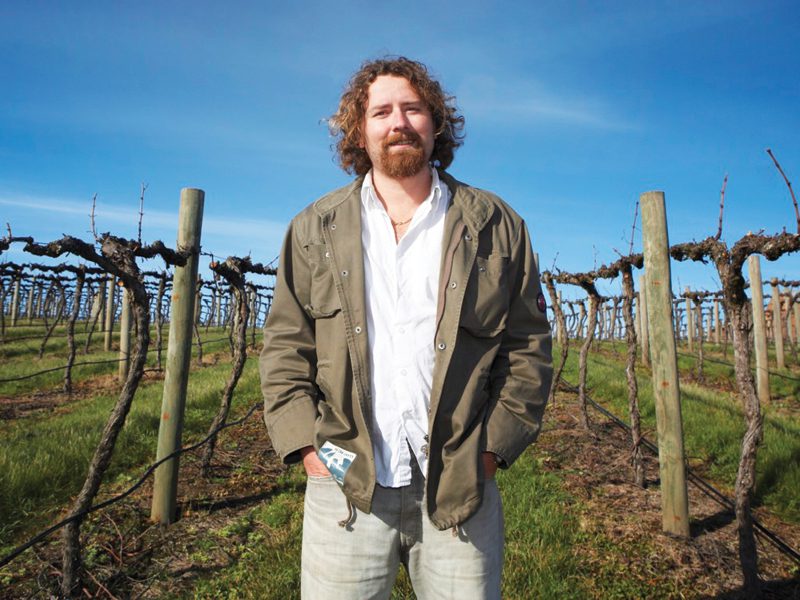




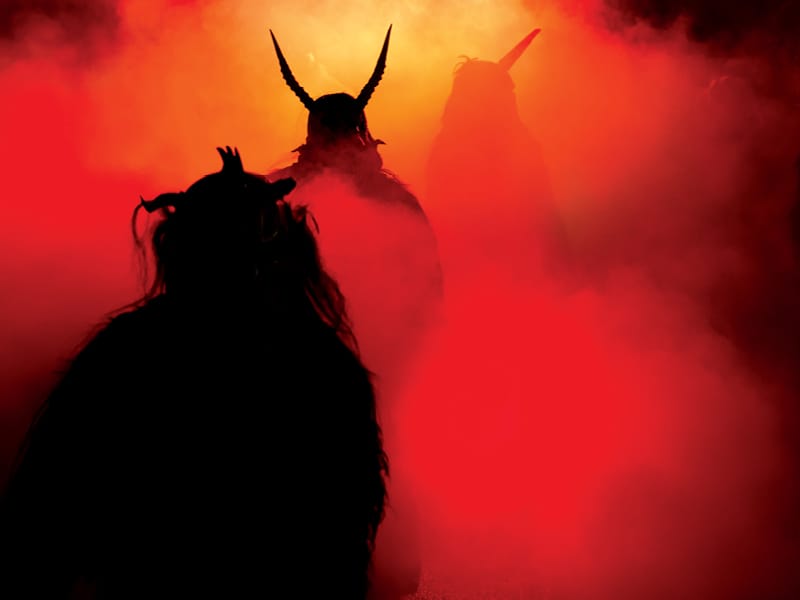






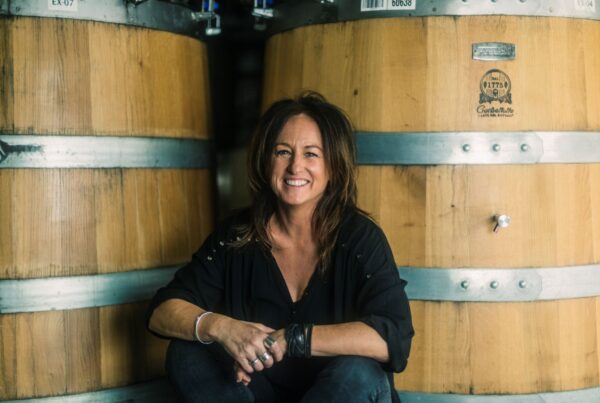
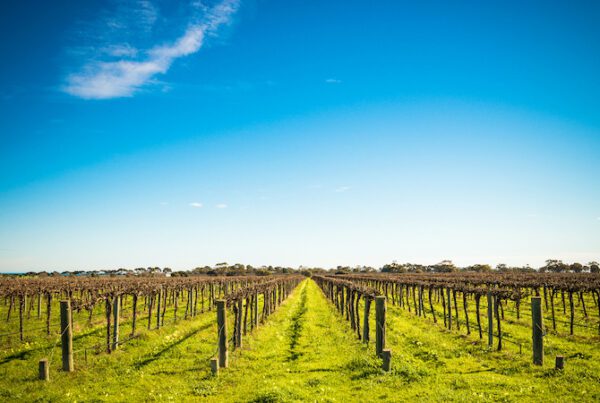
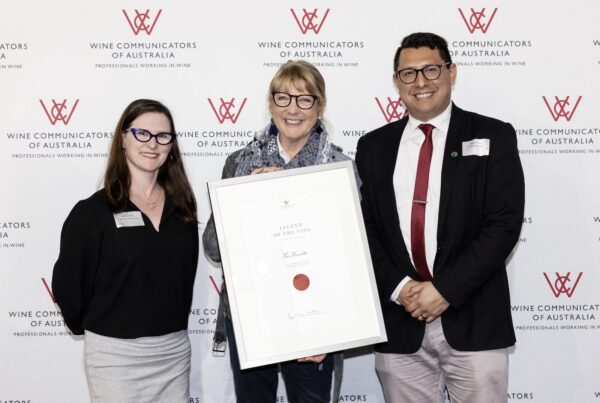
Recent Comments